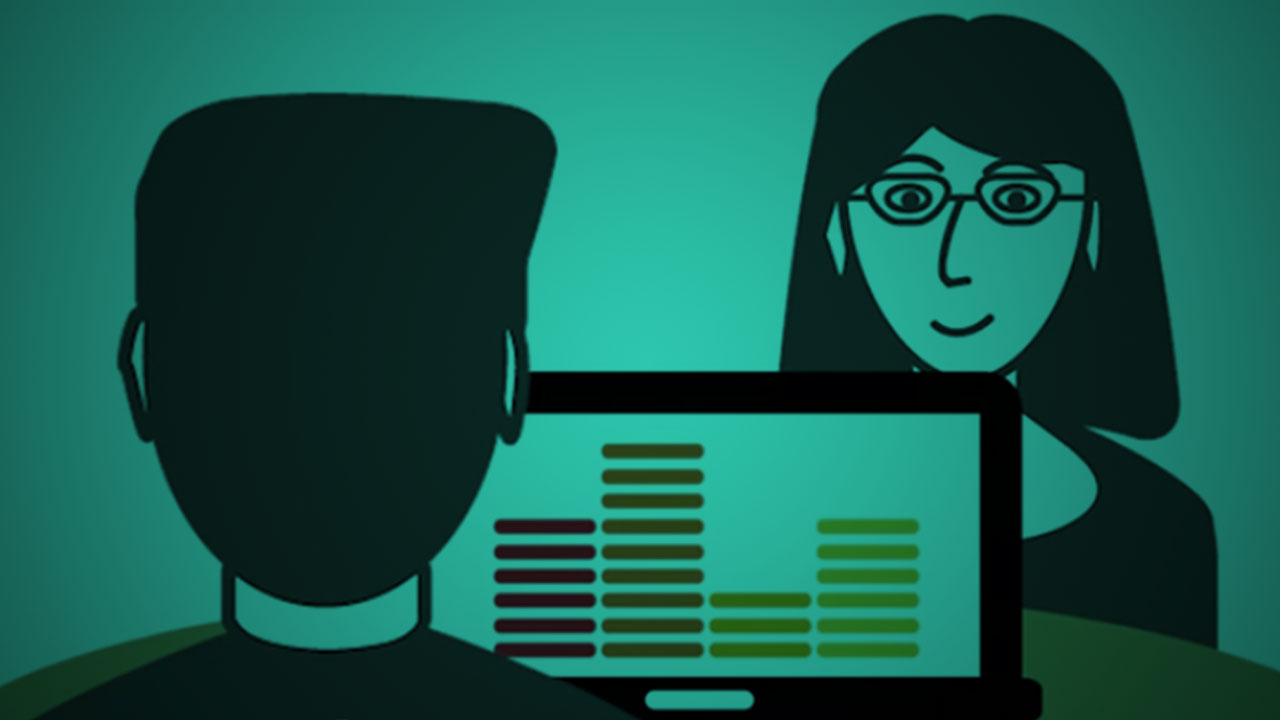Text
Accessibility at a Glance
Accessibility at a Glance
Below are resources to help you understand the requirements and guidelines for creating accessible text:
What
What is this resource about? This resource discusses considerations when using digital text in educational settings and addresses how to ensure accessibility. The Example provides insight for using accessible digital text in educational settings. The Optimizing Text for Learning section offers suggestions for best practices with text.
Why
Why is this important for higher education? Digital text is used widely in higher education in course materials and is often the primary medium for students to access content.
UDL Connection
Provide multiple means of engagement: Choosing text that is appropriate for the learning goal can support engagement and relevancy. Some narrative text can be an immersive experience (e.g. getting "lost" in a good book). Text in the form of closed captions or audio descriptions for video can more fully engage learners in the primary medium.
Provide multiple means of action and expression: Text is the primary modality we typically turn to when we ask learners to express their understanding of a concept. Text can also be a secondary modality for describing or enhancing images, video, audio, or other interactive media.
Provide multiple means of representation: For many learners, text is an efficient medium of obtaining information when it is well-structured and accessible. When possible, provide an alternative of text-only information.
Example
Emilio is a marketing instructor at a community college. To prepare for his blended course, he is creating a number of text-based resources for the course site. He has a few students in the past who have had low vision and depended on screen readers. However, over the years, he has noticed that a number of his students use text-to-speech tools when reading on their mobile devices. Some students use text-to-speech software for audio-supported reading, while others use it to support learning English as a foreign language. Emilio creates his resources, including Word documents and PowerPoint slides, in an accessible way to ensure he is prepared to meet the variable needs of the learners in his class.
OPTIMIZING TEXT FOR LEARNING
Text should provide support for understanding and should engage learners with language that is appropriate to the learning context.
- List objectives to support learners in identifying the purpose of the text.
- Use language that is understandable, appropriate, and engaging for the learner.
- Choose font styles that are easy to read and do not distract from the content. Learn more in WebAIM's Font.
- Layout of the text is important to comprehension so that the learner can follow patterns and make meaningful connections. Learn more in WebAIM's Layout.
- Offer definitions or other supporting text to enhance comprehension and activate prior knowledge.
- Text should be in a flexible format so that it can be varied by the learner in terms of color, size, and layout.
- Navigation should be clear so that the student can easily move between critical points.
- Be sure to include table of contents, page numbers, and information on units, chapters, and sections within a text.
- Text should ideally not be contained within an image.
- Provide sufficient contrast between the text and its background. Learn more about contrast in WCAG 2.0 Contrast.
- Use accessible data tables where necessary. Learn more about tables in WCAG 2.0 Tables.
- Test to ensure text is accessible across all student devices, including mobile technologies.
For learners who need additional support, the National Center on Accessible Educational Materials (AEM) offers some guidance. The AEM Center has specific resources for Higher Education & AEM and Workforce Opportunities & AEM.
Captions are words that are displayed on a screen to describe audio content.
Audio, in this context, is a digital form or representation of sound. It is a format that stores, copies, and produces sound according to the data in its file(s).
Video is the recording, reproducing, or broadcasting of moving visual images.
Text-to-speech or speech synthesis is the artificial production of human speech and is generally accomplished with special software and/or hardware.
